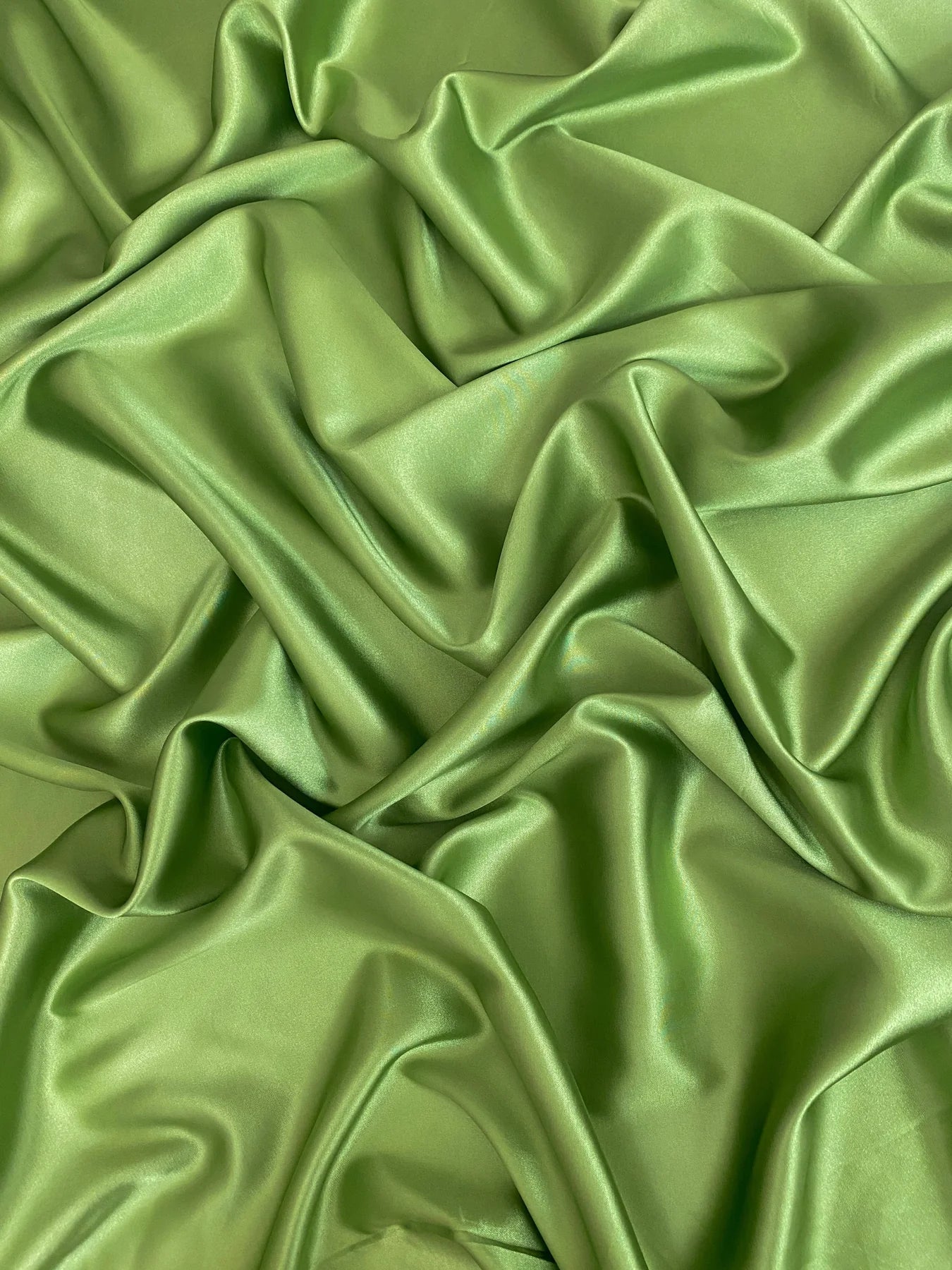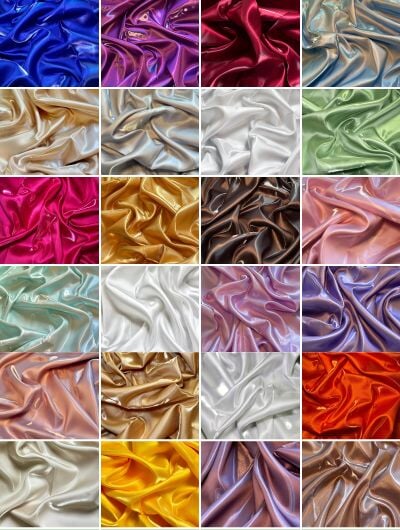Creative Sewing Hacks: Time-Saving Tips for DIY Fabric Enthusiasts

Welcome to the world of creative sewing, where DIY fabric projects bring joy and fulfillment to enthusiasts. As any sewing enthusiast knows, time is precious when it comes to bringing our visions to life. That's why time-saving tips and techniques can be invaluable in maximizing productivity and efficiency.
In this article, we will explore various hacks that can help you save time while unleashing your creativity through the fabric. From setting up your sewing space to troubleshooting common sewing problems, we will cover a wide range of tips and tricks that will make your sewing journey more enjoyable and efficient.
Setting Up Your Sewing Space

A. Organizing your sewing area for efficiency:
- Designating a dedicated workspace: Creating a specific area for your sewing activities helps minimize distractions and allows you to focus on your projects.
- Storage solutions for fabrics, tools, and supplies: Implementing effective storage systems ensure that your materials are organized and easily accessible, saving you time searching for what you need.
B. Essential sewing equipment and tools:
- Choosing the right sewing machine: Selecting a machine that suits your needs and skill level can significantly enhance your sewing experience.
- Must-have sewing tools and their uses: Having essential tools such as scissors, pins, measuring tape, and a seam ripper within reach ensures smooth workflow and efficiency.
C. Ergonomics and comfort in your sewing space:
- Proper seating and posture: Maintaining good posture and investing in an ergonomic chair can prevent discomfort and fatigue during long sewing sessions.
- Adequate lighting for accurate work: Optimal lighting conditions, such as natural light or task lighting, enable you to work with precision and avoid mistakes.
Preparing Your Fabric

A. Selecting the right fabrics for your project:
- Understanding different fabric types and their properties: Familiarize yourself with fabric characteristics, such as stretch, drape, and durability, to ensure the best choice for your project.
- Considering the fabric weight, drape, and texture: Matching the fabric weight and drape to your desired outcome ensures that your creations look and feel as intended.
B. Tips for accurate fabric cutting:
- Using high-quality, cutting tools: Invest in sharp fabric scissors and rotary cutters for clean and precise cuts.
- Techniques for precise measurements and straight lines: Utilize measuring tools, such as rulers and marking pens, along with proper cutting techniques to achieve accurate shapes and straight lines.
C. Pre-washing and ironing fabrics:
- Benefits of pre-washing: Pre-washing fabrics removes any shrinkage and ensures that your final product maintains its shape after laundering.
- Proper ironing techniques for wrinkle-free fabric: Ironing your fabrics before cutting and sewing helps achieve professional-looking results by eliminating wrinkles and creases.
Time-Saving Sewing Techniques

A. Smart pattern placement and cutting:
- Maximizing fabric usage with strategic pattern layouts: Carefully plan and arrange your pattern pieces on the fabric to minimize wastage and optimize fabric usage.
- Efficient cutting techniques for multiple pattern pieces: Cutting multiple layers of fabric simultaneously or using pattern weights can save time and effort.
B. Using sewing shortcuts and techniques:
- Time-saving stitches and seam finishes: Explore techniques such as serging, overlocking, or using zigzag stitches to finish seams quickly and neatly.
- Innovative techniques for faster sewing: Experiment with techniques like chain piecing, strip piecing, or batch sewing to streamline your sewing process.
C. Incorporating time-saving tools and gadgets:
- Sewing machine attachments and accessories: Explore attachments like zipper feet, bias tape makers, or automatic buttonhole makers that can speed up specific sewing tasks.
- Useful tools for quicker and easier sewing: Consider using tools like fabric clips instead of pins, a seam guide for consistent seam allowances, or a magnetic pin holder for quick and convenient pinning.
Organization and Storage Solutions

A. Storing and organizing sewing patterns:
- Properly labeling and categorizing patterns: Label your patterns with clear descriptions and organize them by type (e.g., clothing, accessories) to easily locate them for future use.
- Storing patterns for easy accessibility: Utilize storage solutions such as pattern envelopes, clear plastic sleeves, or binders to keep your patterns protected and organized.
B. Managing and storing sewing notions and supplies:
- Sorting and grouping notions by type: Arrange your sewing notions, such as buttons, zippers, or thread spools, in separate containers or compartments to quickly find what you need.
- Creative storage ideas for small spaces: Make use of wall-mounted organizers, hanging pockets, or stackable containers to maximize storage in compact sewing areas.
C. Tidying up your sewing space:
- Establishing a cleaning routine: Dedicate time to regularly clean and declutter your sewing space to maintain a tidy and organized environment.
- Organizational tips for a clutter-free sewing area: Utilize storage bins, shelves, or pegboards to keep your workspace clutter-free and ensure everything has its designated place.
Troubleshooting Common Sewing Problems

A. Dealing with sewing machine issues:
- Identifying common sewing machine problems: Learn to recognize common issues such as thread tension problems, needle breakage, or jamming, and understand their potential causes.
- Simple troubleshooting steps for quick fixes: Consult your sewing machine manual for troubleshooting guidance or seek online resources that provide step-by-step instructions for resolving common sewing machine issues.
B. Fixing sewing mistakes and errors:
- Seam ripping techniques and tools: Seam ripping is a necessary skill for correcting mistakes. Learn proper seam ripping techniques and use tools like a seam ripper or small embroidery scissors for precise and efficient seam removal.
- Creative solutions for concealing sewing errors: In cases where mistakes cannot be undone, explore creative ways to cover or embellish the errors, such as adding decorative patches, appliques, or fabric paint.
Conclusion
In conclusion, these time-saving sewing hacks are designed to empower DIY fabric enthusiasts with efficiency, creativity, and enjoyment in their projects. By setting up an organized sewing space, preparing materials with precision, and incorporating time-saving techniques and tools, you can streamline your sewing process and accomplish more in less time.
Additionally, effective organization and troubleshooting skills ensure a smooth and enjoyable sewing experience. So, embrace these hacks, experiment with new techniques, and revel in the pleasure of creating unique fabric masterpieces. Happy sewing!














Leave a comment